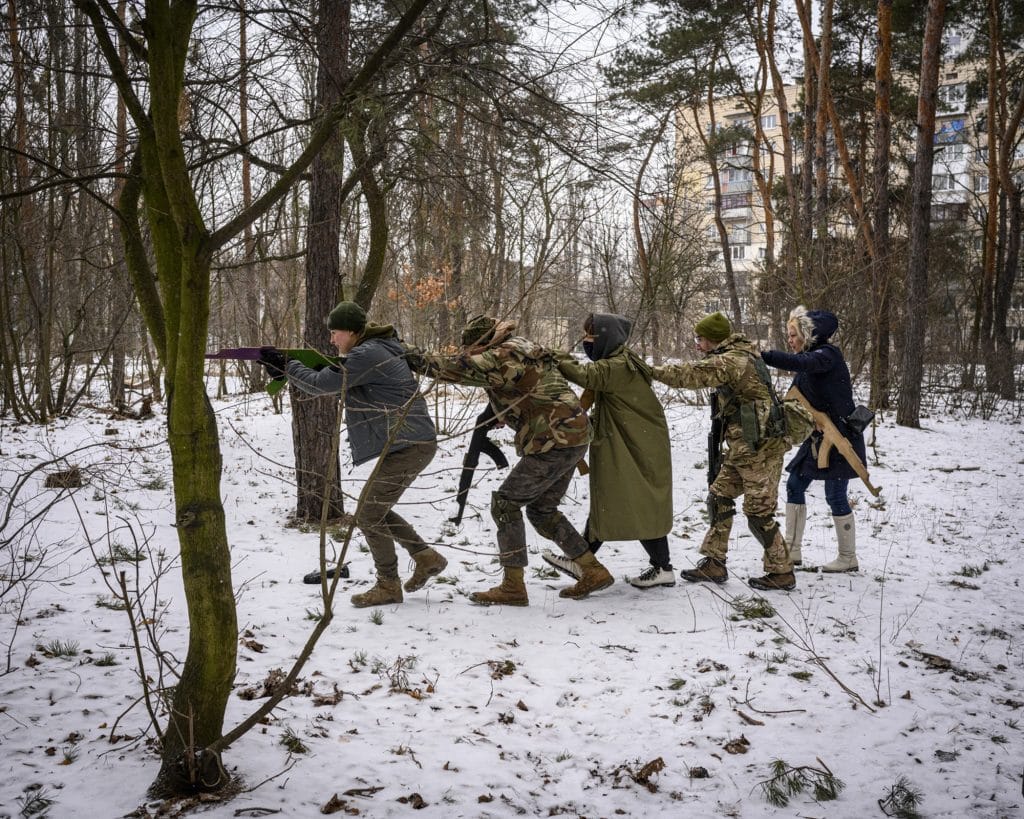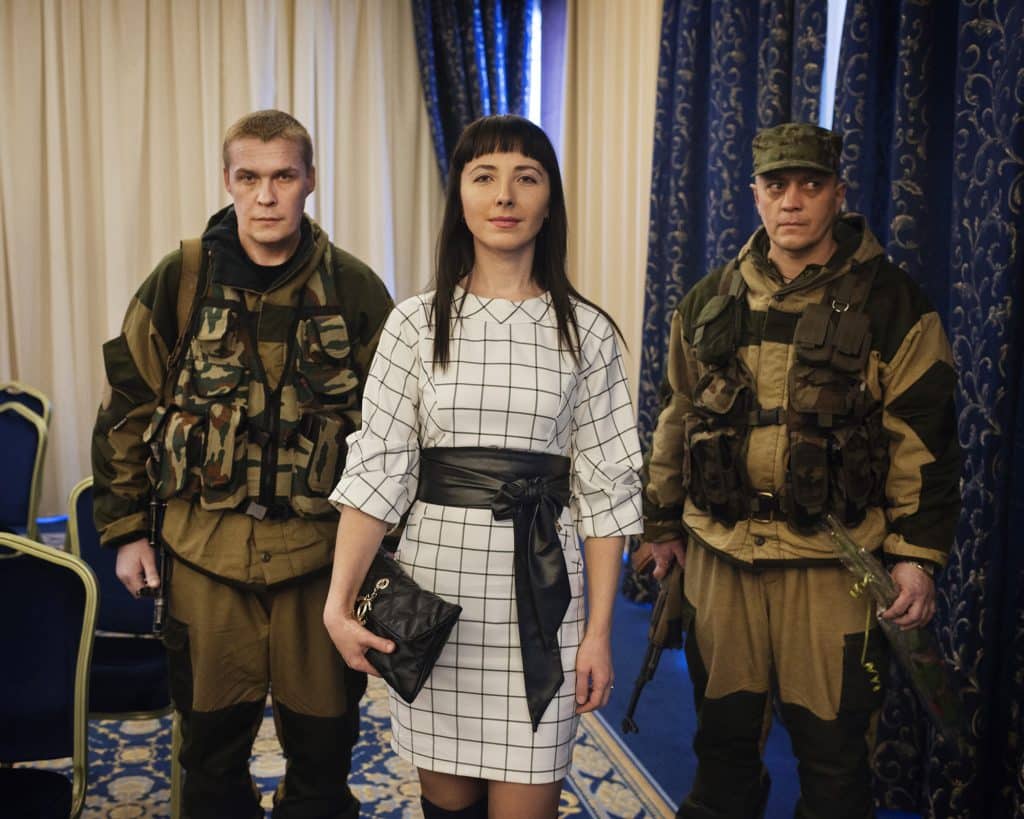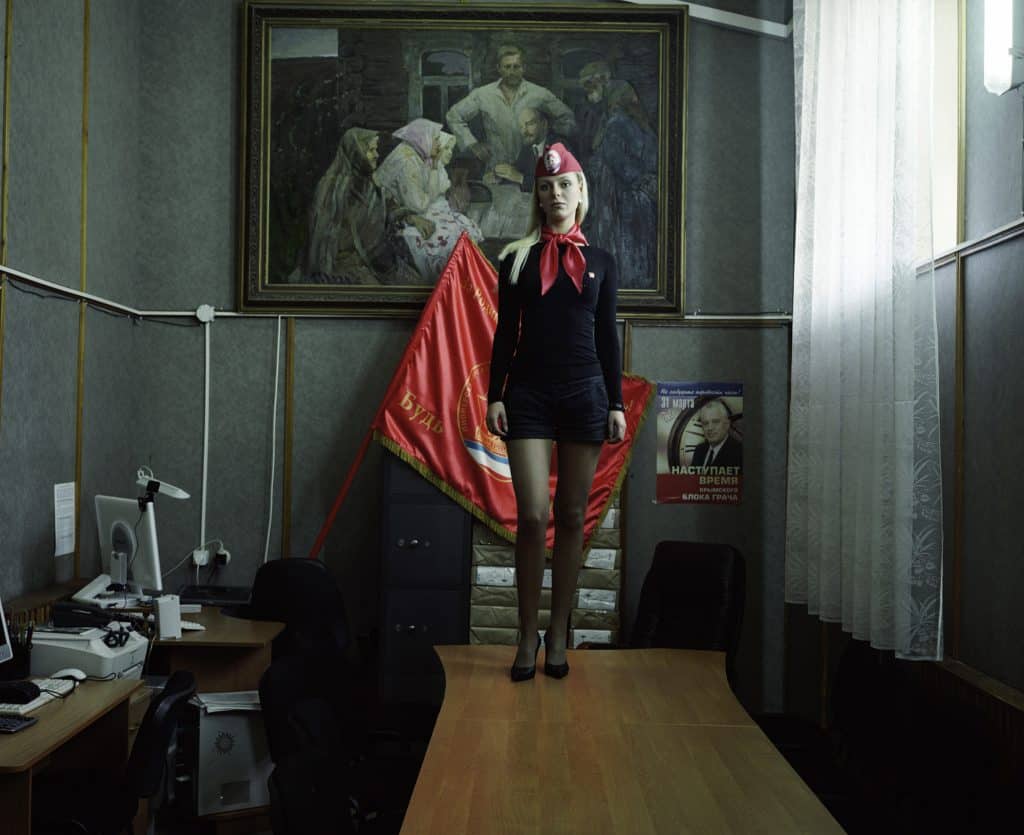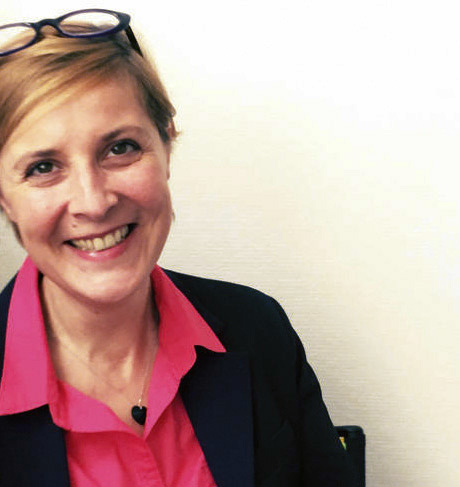A member of the VU’ Agency since 2021, Guillaume Herbaut has been observing history and current events with a keen eye for over thirty years. Ranging from photojournalism to visual art, his work brings a breath of fresh air to documentary photography. Blind sat down to an open conversation about professional photojournalism in the present context of the post-presidential elections in France and the war in Ukraine.
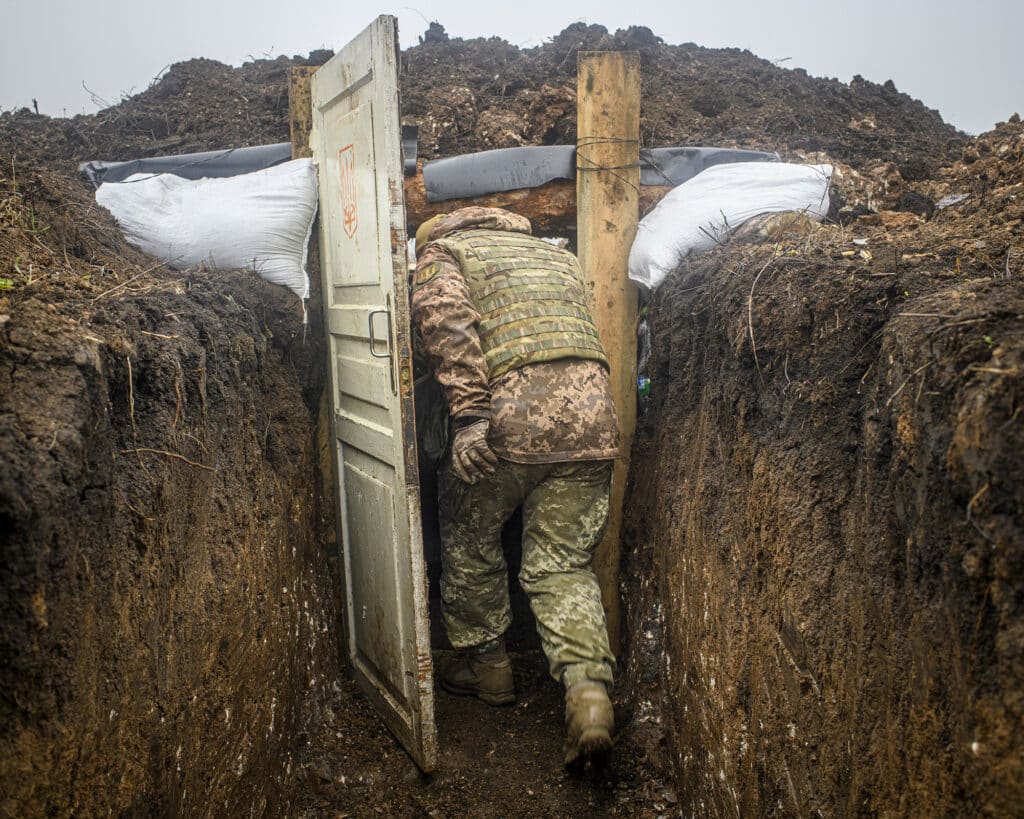
Earlier this year, you received your third World Press Photo Award for your work on Ukraine. What does this award mean to you?
It is a recognition of work I have been doing for more than twenty years covering that country, including eight years on the front lines in the Donbass. I am particularly happy that this distinction was awarded before the Russian invasion, and that the exhibition at the L’Œil Urbain Festival was also scheduled before the war. In terms of Ukraine, this is important because it reminds us that this conflict did not happen overnight. The last time I went to Kiyv* was in February, to show how the inhabitants were preparing for a potential war. Afterwards, I went to the Polish border for Le Figaro Magazine to cover the arrival of refugees…
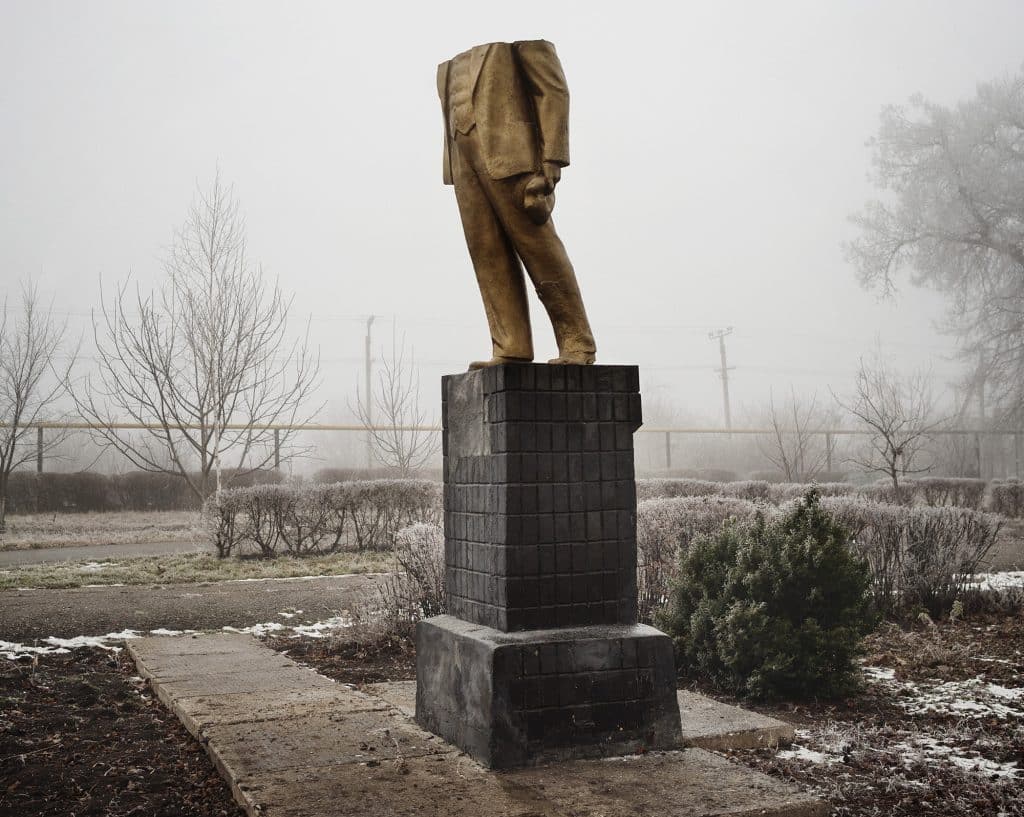
You enjoy a special relationship with Ukraine and its inhabitants, starting with a project on Chernobyl in 2001, followed by numerous trips every year since. Why not cover the conflict?
On the one hand, when the war broke out, there was the presidential campaign coming up and I had made a commitment to Le Monde; on the other hand, I did not feel I was able to take the necessary distance. My first thoughts went to my friends on the ground.** I could recognize the bombed places and was terrified for them. For me, the real question is: why go? If it was only to satisfy my own interest, that’s not a sufficient reason. On the other hand, to bear witness, yes. But it wasn’t the right time, my emotions were running high, and I knew I would be putting myself in danger.
What were your contacts saying?
My fixer feared Kiyv was under siege. We worried the capital might not hold up and were afraid of being trapped in the city… Not to mention the fact that I am blacklisted for having covered the Donbass front since 2014… Another thing, when you’re covering news, choosing the right time to go is essential. Not having gone right away, after a few days I told myself that it was too late because there were many photographers on the ground. I asked myself: what could I add to the mass of images already being produced?
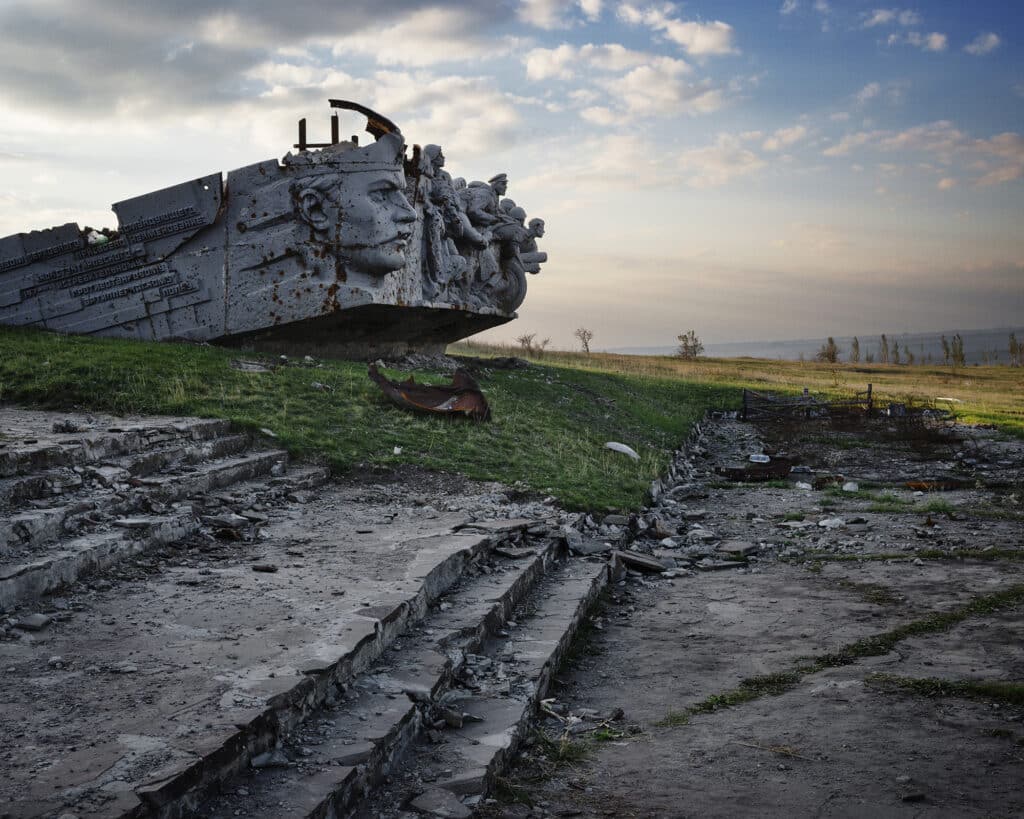
The nature of your work and your point of view on the ground, however, are unlike those of classic reporters, especially those from newswire services.
Photographers from wire services, such as AFP, Reuters, or AP, have done a remarkable job since the beginning of the conflict. But, indeed, my role is not so much to describe the events as to show things differently, to reintroduce the notion of time, to show the big picture. Each of us is a link in the news narrative. For me, the time hasn’t come yet. It will soon. I’ve already been thinking about how to approach things differently…
Is the fact that you know the place a big advantage?
The approach is inevitably different depending on whether you are discovering a place at the time of war or if you already know it… That’s why the work of Ukrainian photographers is particularly interesting. When you cover a conflict, I think it is essential to know the country, its culture, and its history… It is a question of legitimacy. There is beautiful energy coming from the young generation but also a form of autocentrism. By putting ourselves too much in the picture on social networks, we end up not seeing the war anymore, but only war photographers. And that’s the limit of the exercise.
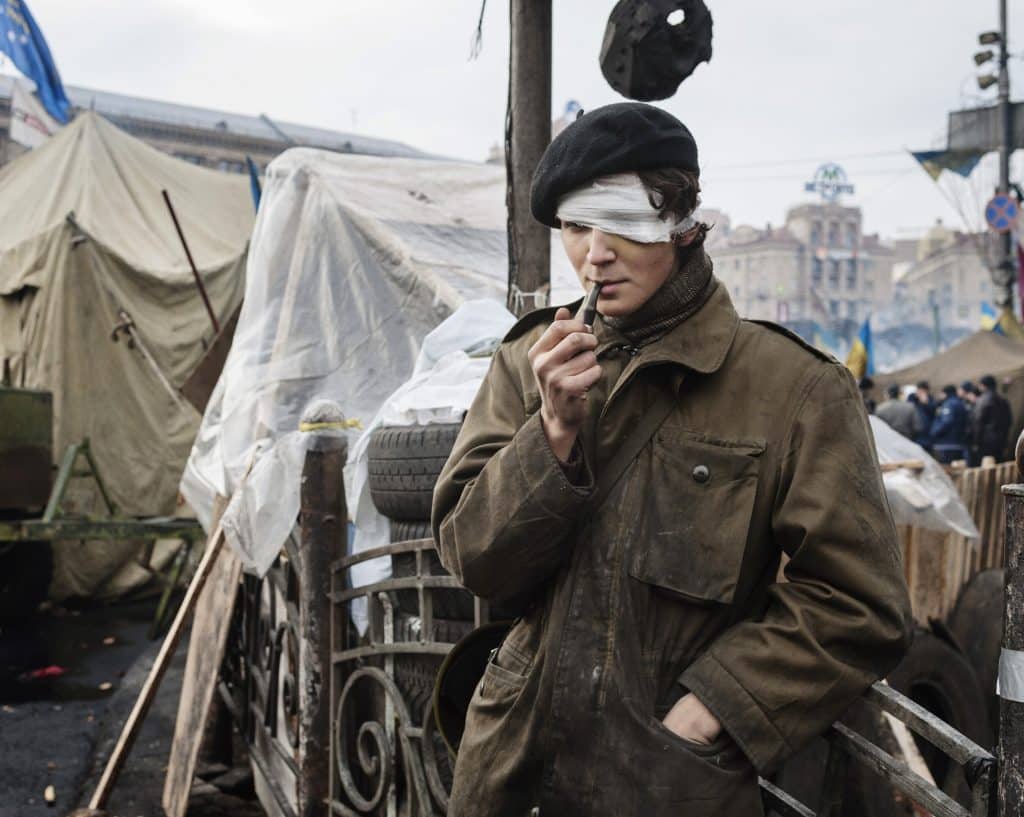
What difficulties do photographers face in the field?
We must never forget that photographing people during a conflict is itself an act of violence. You barely have time to talk to people before you photograph them. In 2014, I attended a funeral where there were so many journalists that the family no longer had access to the body… I felt very uneasy. We must not fall into voyeurism or take a facile picture which, sure, speaks instantly, like those we see on Instagram, but which can’t endure because at bottom they are hollow.
Does the war in Ukraine put the profession of photojournalist back in the spotlight?
More like the profession of journalist… The public has become aware that our job is to bear witness and tell the story, to bring back information. The geographic proximity of the conflict and the fact that it is a freedom war takes us back to World War II. It makes us identify with the Ukrainian population. As a result, the profession of journalist becomes central again. Meanwhile, I have just crisscrossed France to cover the electoral campaign, and was able to observe that there is, in our country, a real mistrust of this profession.
You have regularly covered electoral campaigns since 2002, when you followed Lionel Jospin for Libération, focusing in particular on the sidelines. Since then, you have approached this subject in a different way each time. What did you do in 2017?
I had proposed to Arte that I would tour France with the journalist Philippe Trétiack five weeks before the vote. We made this trip by car in one go, following one simple principle: stop every 20km and report on what we saw. There was an element of randomness, but as we went along, this work told us something about the state of our country.
France is also the subject of one of your recent series…
Unable to travel during the pandemic, I worked on our country again, forcing myself to take one photo a day, as a kind of gymnastics, so as not to lose my touch and keep my eye sharp. After a month, while doing my first edit, I realized that I was working on a portrait of the Fifth Republic. This led to an exhibition at Visa pour l’Image last year.
Based on these experiences, last December you offered Le Monde to cover the electoral campaign, again in an original way…
That’s right, this time in the form of a daily photo diary running for five weeks prior to the vote. The idea was to look at how politics affects the French people, to be at the level of the citizens. The challenge was great for me because each image had to be accompanied by text: nothing journalistic, but something subjective, an anecdote that would speak volumes about the general atmosphere, each time on a different tone. In total, I wrote twenty-four columns. A real risk for the newspaper and for me.
You are one of the 200 photographers selected for the national commission from the Ministry of Culture, led by the Bibliothèque nationale de France. What project did you propose?
It tells the story of a regional police station (gendarmerie), in a town of 5,000 inhabitants, near Bordeaux. The goal is to show a social reality that is very different from an urban environment. I will spend at least one month immersed in the environment. This is the point of this kind of grant, to have a stretch of time to concentrate on a subject.
* Following the interview, Guillaume Herbaut left for Ukraine in mid-May for a month and a half, first to Kiyv for Le Monde, then on a trip across the country for Le Figaro.
** Last March, Guillaume Herbaut organized an exhibition and sale of his work to benefit the International Committee of the Red Cross in Ukraine.
Exhibition at the gallery Le Bleu du Ciel, Lyon, September 30 to November 19, 2022.
For Guillaume Herbaut’s presidential campaign diary for Le Monde, click here.
